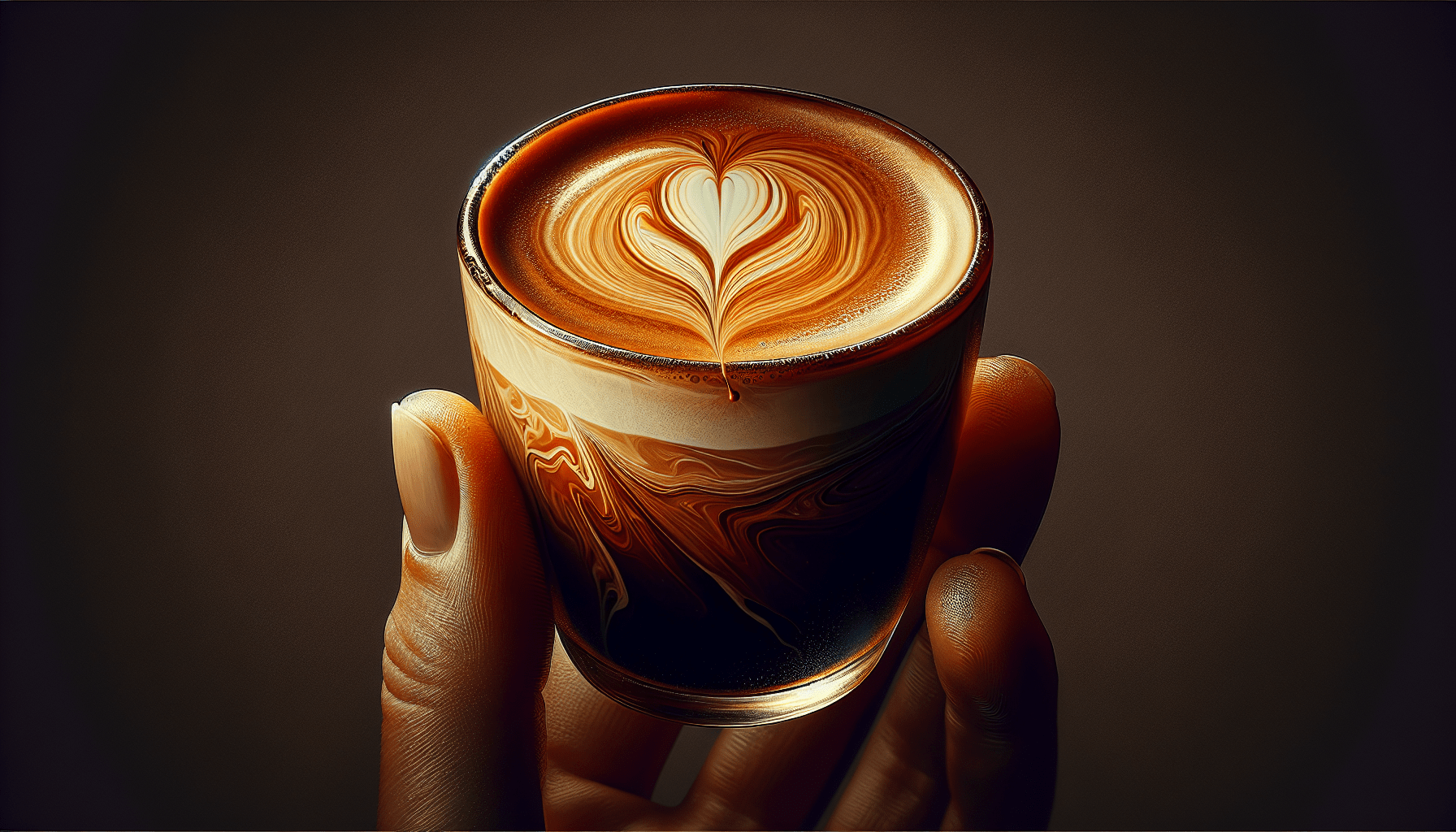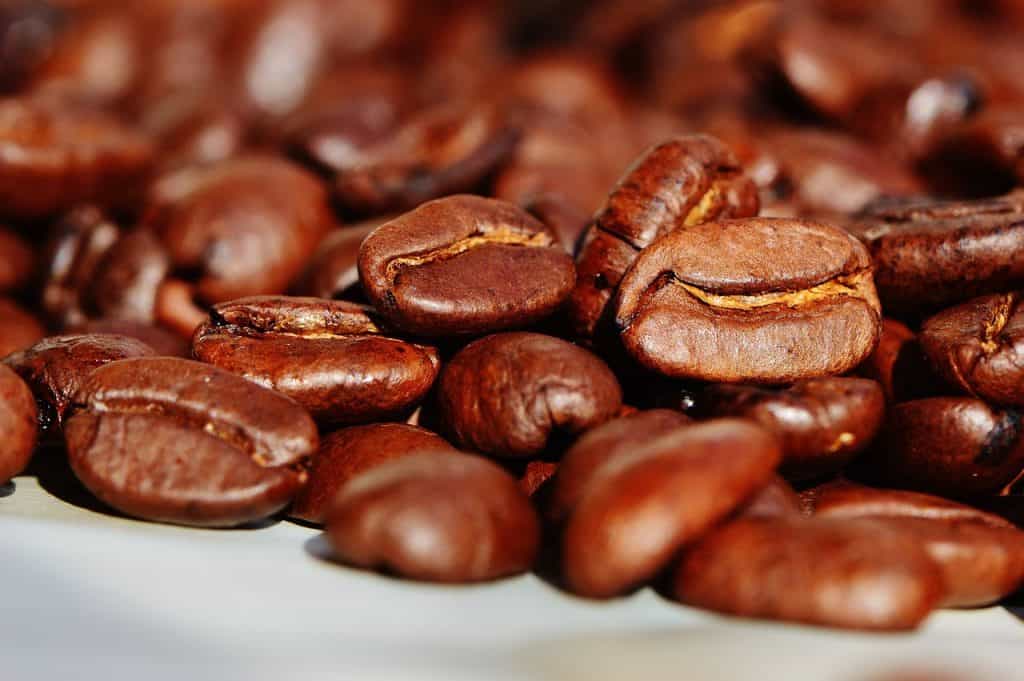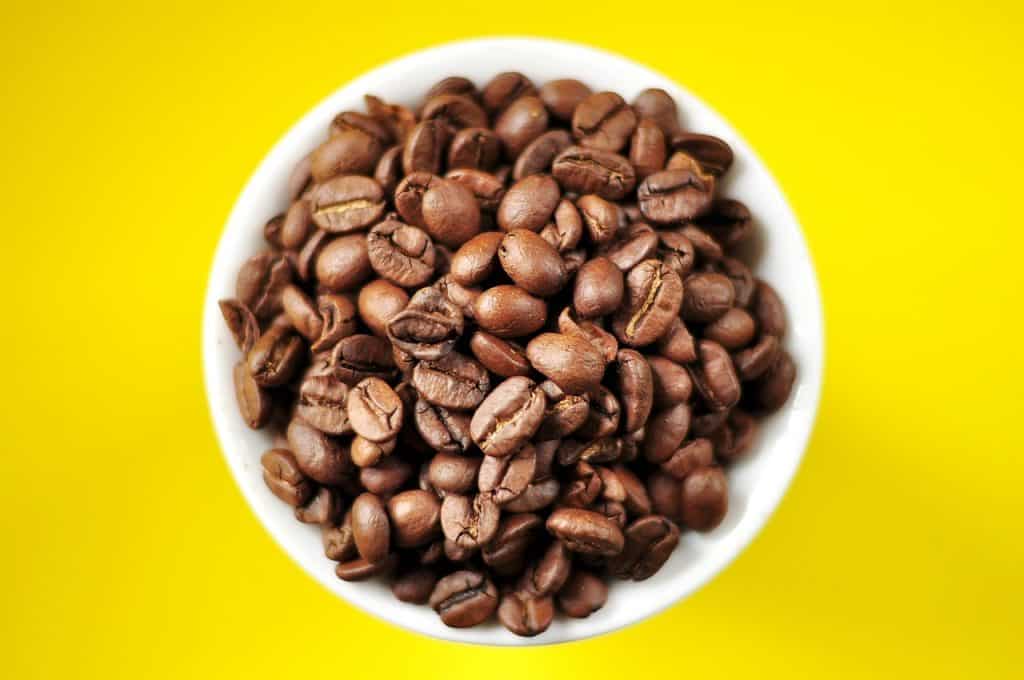What Is The Difference Between Espresso Beans And Coffee Beans

Have you ever wondered about the distinction between espresso beans and coffee beans? While they may sound similar, these two types of beans actually have several key differences that affect the flavor, preparation method, and overall experience of your daily cup of Joe. Whether you’re an avid coffee lover or simply curious about the intricacies of your favorite beverage, this article will shed light on the characteristics that set espresso beans apart from their traditional coffee counterparts. Get ready to uncover the nuances that make each bean unique, and prepare to savor every sip with a newfound appreciation for the world of coffee.
Origin
Coffee Beans
Coffee beans are derived from the seeds of the Coffea plant, which is native to tropical regions such as Africa, Asia, and Latin America. The Coffea plant grows best in specific climatic conditions, including high altitudes, shade, and ample rainfall. Different regions produce different flavors and characteristics in coffee beans, which is why single-origin coffees are so popular among coffee connoisseurs.
Espresso Beans
Contrary to popular belief, there is no such thing as espresso beans. Espresso is a brewing method, not a type of bean. Any type of coffee bean can be used to make espresso. However, certain beans are more commonly used in espresso blends due to their flavor profiles and the ability to withstand the intense heat, pressure, and fast extraction process of espresso brewing.
Roasting Level

Coffee Beans
The roasting level of coffee beans has a significant impact on the final flavor of the brewed coffee. Roasting can range from light to dark, with each level offering a unique taste profile. Lightly roasted beans tend to have a milder flavor with more acidity, while darkly roasted beans have a bolder and more robust flavor with less acidity. The desired roasting level varies depending on personal preference and the intended brewing method.
Espresso Beans

As mentioned earlier, espresso beans do not exist as a distinct type of bean. However, the roasting level plays a crucial role in the flavor of espresso. Espresso blends are often roasted to a medium to dark level to develop rich and caramelized flavors while maintaining some acidity. Darker roasts are popular for espresso as they can provide a strong and intense flavor that stands up well in concentrated shots.
Bean Variety
Coffee Beans
The most common coffee bean varieties are Arabica and Robusta. Arabica beans are generally considered to be of higher quality and have a more desirable flavor profile, which is why they are in high demand. They often have a sweeter, smoother taste with notes of chocolate, fruit, and nuts. Robusta beans, on the other hand, have a stronger and more bitter flavor. They contain more caffeine and are often used in blends to enhance the crema of espresso shots.
Espresso Beans
Since espresso beans refer to the beans used to make espresso, the variety is not specific. It can be any type of coffee bean, including Arabica or Robusta, or a blend of the two. The choice of bean variety depends on the desired flavor profile and the characteristics preferred by the roaster and the consumer.
Grind Size
Coffee Beans
The grind size of coffee beans is crucial for determining the extraction rate and flavor of the brewed coffee. Different brewing methods require different grind sizes to optimize the extraction process. For traditional drip coffee makers, a medium grind is typically used, while a coarser grind is suitable for French press brewing. Finer grinds, such as espresso grind, are necessary for espresso machines to achieve the proper extraction and create the signature crema.
Espresso Beans
Since espresso beans can be any type of coffee bean, the grind size is determined by the brewing equipment being used. Espresso machines require a fine grind to achieve the necessary pressure and extraction time. Finer grinds allow for slower water flow and maximize the extraction of flavors. It is essential to adjust the grind size to ensure the ideal extraction and avoid over or under-extraction, which can result in bitter or weak espresso shots.
Brewing Method
Coffee Beans
Coffee beans can be brewed using various methods, each with its own unique characteristics. Some popular brewing methods include pour-over, French press, drip coffee makers, and cold brew. Each method allows for different levels of control over variables such as water temperature, brew time, and extraction, resulting in different flavors and strengths of the brewed coffee.
Espresso Beans
As mentioned earlier, espresso is a specific brewing method that involves high pressure and finely ground coffee. Espresso machines force hot water through the compacted grounds at a high pressure, resulting in a concentrated and flavorful shot of coffee. The short extraction time and the pressure used in espresso brewing contribute to the unique flavor and crema that distinguishes it from other brewing methods.
Caffeine Content
Coffee Beans
The caffeine content in coffee beans can vary depending on the type of bean, its origin, and the brewing method used. On average, a typical 8 oz cup of coffee contains around 80-100 mg of caffeine. Arabica beans generally have lower caffeine content compared to Robusta beans, which can contain almost twice the amount of caffeine. Lighter roasts tend to have slightly more caffeine than darker roasts, as the roasting process can reduce caffeine levels.
Espresso Beans
Since espresso shots are typically served in much smaller quantities than a regular cup of coffee, the caffeine content is concentrated. A typical 1 oz shot of espresso contains approximately 63 mg of caffeine, although this can vary depending on the coffee bean variety and the specific blend used. Due to the higher pressure and shorter extraction time, espresso shots provide a more intense caffeine boost compared to a standard cup of coffee.
Flavor Profile
Coffee Beans
Coffee beans offer a wide range of flavors and aromas, influenced by factors such as origin, variety, processing methods, and roasting level. Arabica beans are known for their nuanced and complex flavors, often described as fruity, floral, or chocolaty. Robusta beans have a more robust and bitter taste, with earthy or nutty undertones. The roasting level further enhances these flavors, with lighter roasts allowing the unique characteristics of the bean to shine through, while darker roasts create bolder and more smoky flavors.
Espresso Beans
Espresso shots have a distinct flavor profile that sets them apart from regular brewed coffee. The concentrated nature of an espresso shot intensifies the flavors and creates a rich and full-bodied taste. Espresso tends to have a strong and bold flavor with notes of caramel, chocolate, and sometimes even fruity or floral undertones, depending on the specific bean variety and blend used. The dark and caramelized flavors resulting from the medium to dark roast level contribute to the robust character of espresso.
Price
Coffee Beans
The price of coffee beans can vary significantly depending on factors such as the bean variety, origin, and quality. Generally, Arabica beans are more expensive than Robusta beans due to their higher quality and more desirable flavor profile. Coffee beans sourced from specific regions or single-origin coffees are often priced higher, reflecting the unique characteristics associated with their origin. Additionally, specialty grade or organic beans tend to have a higher price tag compared to commercial-grade beans.
Espresso Beans
Since espresso beans can be any type of coffee bean, the price range is similar to that of regular coffee beans. Factors such as the bean variety, origin, and quality influence the price of espresso beans. However, some espresso blends marketed as premium or artisanal may command a higher price due to their unique flavor profiles or the reputation of the roaster. It is worth noting that the cost of a cup of espresso is also influenced by the equipment and skill required to make a good shot, such as the espresso machine and the expertise of the barista.
Uses
Coffee Beans
Coffee beans are primarily used to make brewed coffee using various brewing methods. They can be ground and used in automatic drip coffee machines, French presses, pour-over devices, or brewed in traditional espresso machines. Additionally, coffee beans are used in specialty drinks like lattes, cappuccinos, and mochas, where the espresso shot is combined with steamed milk or other ingredients to create a wide range of coffee-based beverages.
Espresso Beans
As mentioned earlier, espresso beans refer to any coffee bean used to make espresso. Espresso shots can be enjoyed on their own or used as a base for a variety of coffee-based beverages, such as lattes, cappuccinos, macchiatos, and Americanos. The concentrated nature of espresso allows it to provide a strong and flavorful base for these drinks, which often include steamed milk or foam to create different textures and flavors.
Popular Varieties
Coffee Beans
Some popular coffee bean varieties include:
- Colombian: Known for its balanced flavor with hints of caramel and nuts.
- Ethiopian: Offers a unique fruity and floral flavor profile with notes of berries and jasmine.
- Brazilian: Often used in espresso blends, Brazilian beans have a nutty and chocolatey taste.
- Costa Rican: Known for its bright acidity and honey-like sweetness.
- Guatemalan: Offers a well-rounded flavor with chocolate, citrus, and floral undertones.
Espresso Beans
Popular espresso blends often combine different coffee bean varieties to achieve a balanced and robust flavor. Some well-known espresso blends include:
- Italian Espresso: Typically made from a blend of Arabica and Robusta beans, it offers a bold and strong flavor profile with a persistent crema.
- Espresso Napoletano: A traditional Italian blend that uses Arabica beans from South America and Asia to create a balanced taste with rich chocolate and caramel notes.
- Espresso Crema: A blend designed specifically for espresso machines, it features a combination of Arabica and Robusta beans to produce a thick and creamy crema with a full-bodied flavor.
In conclusion, while there is no such thing as “espresso beans,” certain coffee beans are commonly used in espresso blends due to their flavor profiles and ability to withstand the brewing process. The choice of coffee beans, roast level, grind size, and brewing method all contribute to the final flavor and characteristics of both regular brewed coffee and espresso shots. Whether you prefer the nuanced and complex flavors of single-origin coffee or the bold and concentrated taste of espresso, there is a wide range of options to explore and enjoy in the world of coffee. So go ahead, brew a cup or pull a shot, and savor the rich flavors and aromas of your favorite coffee beans. Happy brewing!
